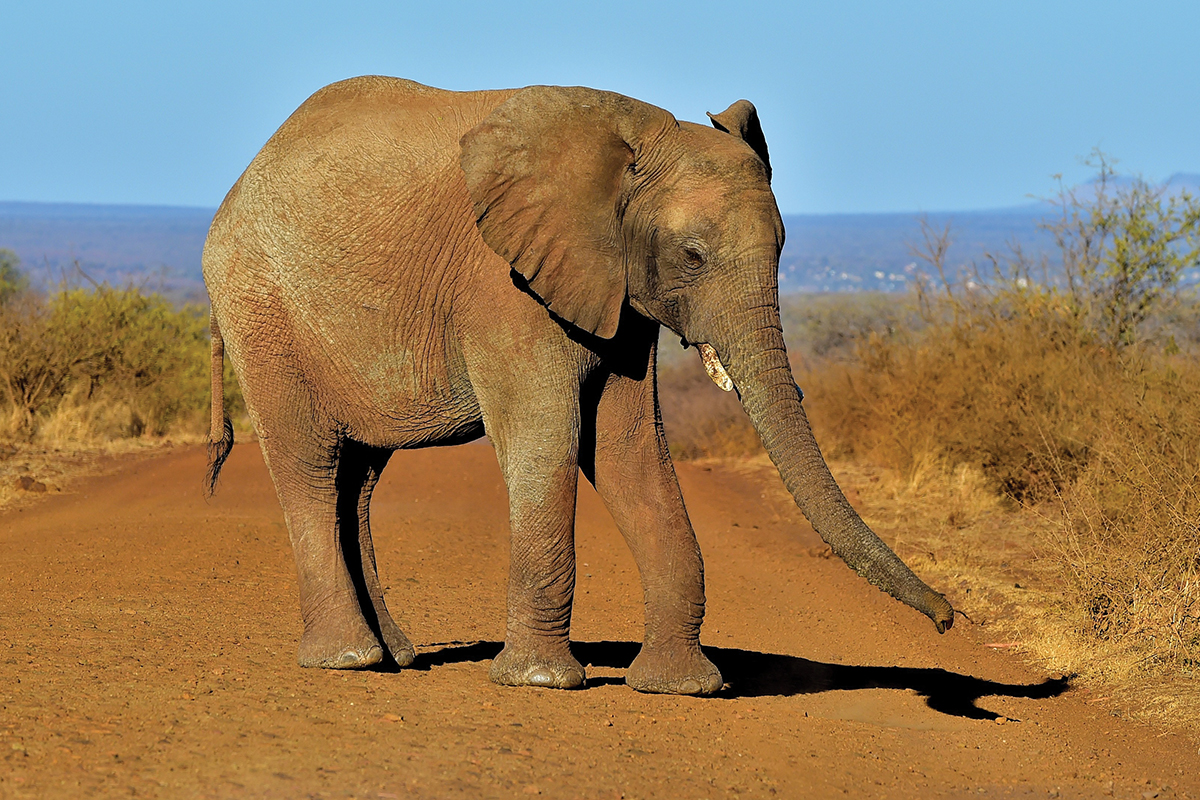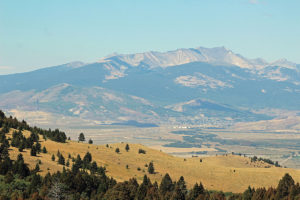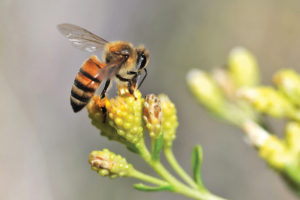Salmon cannons? Thanks to an inventive pneumatic cannon, salmon may soon repopulate the Upper Columbia River in the Pacific Northwest. The river’s salmon population has plummeted, largely because hydroelectric dams prevent the fish from reaching cool waters upstream where they can spawn. Enter the Whooshh fish passage system. Salmon swim into a flexible tube that propels them up and over a dam and on to spawning habitat. An in-tube scanner even differentiates between species and sorts out invasives, such as the northern pike, to ensure the Upper Columbia remains quality salmon habitat. The manufacturers say it could revolutionize salmon recovery.

Insure reefs, protect coastlines. Coral reefs play a critical role in reducing the damage to coastlines from destructive storms. To protect its coasts, the community of Quintana Roo has taken creative steps to conserve the Mesoamerican Reef in Mexico. In partnership with the state government, local hotel owners, and The Nature Conservancy, the Coastal Zone Management Trust purchased an insurance policy that covers a 160-kilometer stretch of coastline critical to Mexico’s tourism industry. If a strong enough hurricane lands along the stretch of coastline—one with wind speeds of more than 100 knots—a payout will be issued to the trust to fund repairs and restore the reef. The scheme demonstrates a new frontier for market-based approaches to conservation.
Smelter strife. In October, PERC and Pacific Legal Foundation filed an amicus brief with the U.S. Supreme Court urging it to protect property owners’ rights to avoid pollution. Atlantic Richfield Company owns a copper smelter near Opportunity, Montana, that contaminated surrounding areas with toxic metals for nearly a century. Local landowners say the company must return their properties to their pre-smelter status. Atlantic Richfield argues that it has satisfied federal cleanup requirements and, therefore, is not required to do more. The case, which will be argued before the nation’s highest court in December, highlights why holding polluters liable for damage done to others’ property is crucial for discouraging harmful pollution.
Telling the truth about trophy hunting. In July, PERC research fellow Catherine Semcer testified before the U.S. House Natural Resources Committee on the CECIL Act, proposed legislation that would ban imports of African hunting trophies. Semcer’s testimony highlighted how economic incentives created by trophy hunting have not only driven the recovery of elephants, rhinos, and other wildlife in southern Africa but also provide critical funding for anti-poaching programs. Following her testimony, Semcer joined 132 other researchers in publishing an open letter in Science arguing that attempts to end trophy hunting, like the CECIL Act, will undermine efforts to conserve biodiversity.
Beepocalypse no. In 2006, beekeepers began reporting higher-than-normal hive losses over the winter. The phenomenon was given a name—colony collapse disorder (CCD)—and many predicted disaster. Now, more than a decade later, there’s been no “beepocalypse.” U.S. honeybee colonies are at their highest level since 1993, and a new study by PERC senior fellows Wally Thurman and Randy Rucker and entomologist Michael Burgett finds that CCD has had almost no discernible economic effects. The researchers attribute their findings to a largely overlooked factor: “the ability of well-functioning markets to adapt quickly to environmental shocks and to mitigate their potential negative impacts.”
Stewarding giants. Save the Redwoods League recently announced plans to purchase the largest private sequoia forest in the world for $15 million. The conservation group described the 530-acre tract as “the most consequential giant sequoia conservation project of our lifetime.” Several hundred of the massive trees grace the land, which has been owned by the Rouch family since World War II. The family logged and milled pine, fir, and cedar from the property for decades, all the while conserving the towering sequoias, many of which are more than six feet in diameter. “We’ve used the land,” Mike Rouch told The Mercury News. “But we have tried to take the best care of it that we can.”
Giving kites a launch. As bioGraphic recently reported, managers of privately owned timberlands have emerged as unlikely allies for swallow-tailed kites. The incredible raptors migrate 5,000 miles between Brazil and their breeding grounds in the southeastern United States, but much of their historical habitat has been converted or developed for human use. When breeding and rearing chicks, the kites need a patchwork of trees of varying ages and heights—a landscape mimicked by sustainable timber harvests—to provide nesting, roosting, and foraging habitat. Thanks largely to good forest management by private timber companies in the South, swallow-tailed kite numbers are rebounding.










